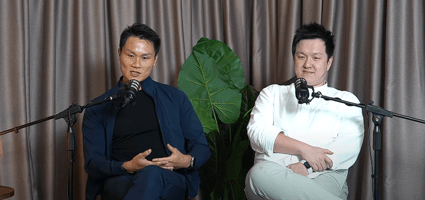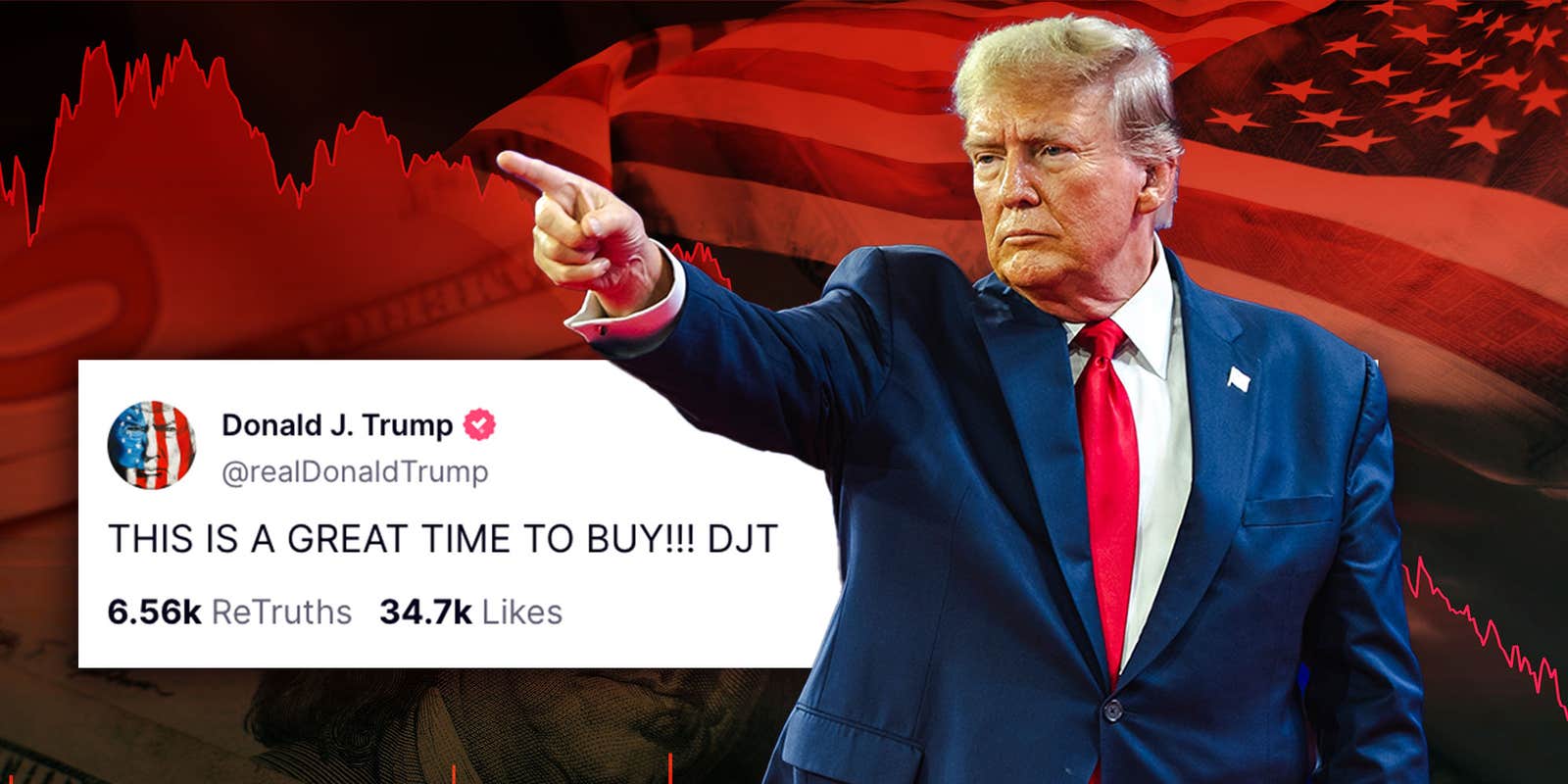Blanket Tariffs, Market Tantrums & the New Global Order — What Trump Just Triggered Isn't Just About China
TL;DR
Trump's tariffs have jolted the markets—but the underlying shift is geopolitical, not just economic. Investors are best served by understanding the power dynamics at play, rebalancing thoughtfully, and staying rooted in quality, not hype.
In a world already wrestling with inflation, supply chain shifts, and geopolitical competition, Trump’s latest tariff shockwave has hit global markets like a freight train. Investors, already jittery from macroeconomic uncertainty, watched major indices tumble—only to rebound in a whiplash-inducing turnaround. But beyond the market moves, a deeper narrative is unfolding: the restructuring of global trade as we know it.
On a recent emergency episode of Chills with TFC, host Reggie and guests Eugene (Vision Capital Fund) and Anthony (retail investor and market commentator) unpacked the chaos—and the hidden logic behind the madness.
The New Trade Order: Trump’s Tariffs Are More Than Just Tax
Let’s be clear: this isn’t just another China spat. The proposed tariffs hit over 70 countries, including traditional US allies. Even countries with minimal trade volume weren’t spared. The message? Pay up, or get priced out.
“It’s less about rebalancing trade and more about resetting power,” said Anthony, noting how the US is no longer distinguishing between friends and foes.
While Eugene pointed out that tariffs could be a revenue generator to close America’s deficit gaps and stimulate local manufacturing, both guests agreed: this is no longer a trade tweak—it’s economic warfare.
The Market Reaction: Sharp Drop, Sharp Rebound — Then What?
In a matter of days, US and global markets saw a 20% drop in major indices. SaaS stocks, digital banking firms, and even e-commerce darlings weren’t spared. But just as quickly, a partial rebound followed after Trump granted a 90-day negotiation window—with a minimum 10% tariff still looming.
“Markets don’t like uncertainty. But in the short term, they also love hope,” said Reggie. “A tweet, a policy pause, or even a diplomatic handshake can trigger a rebound—but the underlying risks haven’t gone away.”
What Smart Investors Are Doing Now
In a moment of honesty, the podcast peeled back the truth about investing during volatile times. “Most of us want to believe there’s an ‘idiot-proof’ strategy,” Reggie quipped. “But when the rules of the global game shift, even the best index fund isn’t immune.”
Here’s what the experts suggest:
- Risk-Off, Not Run-Away: If you’re overexposed, consider de-risking—not panic selling. Think: rotating out of speculative plays and back into quality.
- Layer In, Don’t Dive In: Whether it’s China, tech, or consumer stocks—average in with discipline. The market rewards patience, not adrenaline.
- Focus on Mission-Critical Companies: Eugene’s playbook includes names like CrowdStrike, MercadoLibre, and Nubank—firms with recurring revenue, growing demand, and strong moats.
China, The Elephant in the Trading Room
With Trump aiming tariffs at practically everyone, it’s clear the real target is still China.
“This is not just a market issue. It’s geo-economic chess,” Anthony explained. “If China is going to build its own capital stack, you want to be there early.”
He’s not alone. Investors seeking long-term exposure to both sides of the new economic order are rebalancing their portfolios to split exposure between US and China, betting that both will remain superpowers—albeit in different spheres.
Final Thoughts: Investing in the Age of Power Plays
What’s happening isn’t just about GDP or exports. It’s about influence. Tariffs are now weapons. Markets are battlefield thermometers. And for investors, the age of passive coasting might be over.
As Eugene put it, “If you don’t have a clear investment thesis with strong fundamentals—you’re just hoping.”
Let us know what you think about this topic, and what do you want to hear next.
You can now be our community contributor and make a pitch to have your favourite personality be on our show.
Join our community group and drop us your insights on this topic.

-3.png?width=50&name=Square%20(2)-3.png)










Let us know what you think of this post